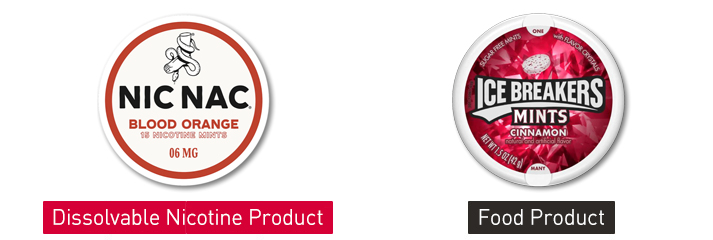A new systematic review conducted by the Center of Excellence for the acceleration of Harm Reduction on the available scientific research showed no difference in respiratory parameters in human clinical tests on the respiratory effects of electronic nicotine delivery systems (ENDS) use in participants who smoke tobacco cigarettes.
In their study “Respiratory health effects of e-cigarette substitution for tobacco cigarettes: a systematic review,” the researchers analyzed 16 studies from 20 publications. They found that the large majority of the studies showed no difference in respiratory parameters. According to the authors, this indicates that electronic nicotine delivery systems substitution for smoking likely does not result in additional harm to respiratory health.
One of the problems the researchers found during their evaluation is that many studies were not of sufficient duration for observing any harmful or beneficial effects because these may take time to manifest. In fact, the researchers observed a general low quality of the studies included in the review, with 10 of 16 studies rated at high risk of bias.
In light of the findings of no change in respiratory function plus the presence of reporting spin bias, the researchers call for long term studies that include diverse participants and to assess smoking behavior and history. Furthermore, they note that exclusive ENDS use and dual use with cigarettes should be identified as separate categories for analysis and findings. They also stressed that additional studies are necessary to assess the potential benefits or risks of e-cigarette substitution for tobacco cigarette smoking.
























